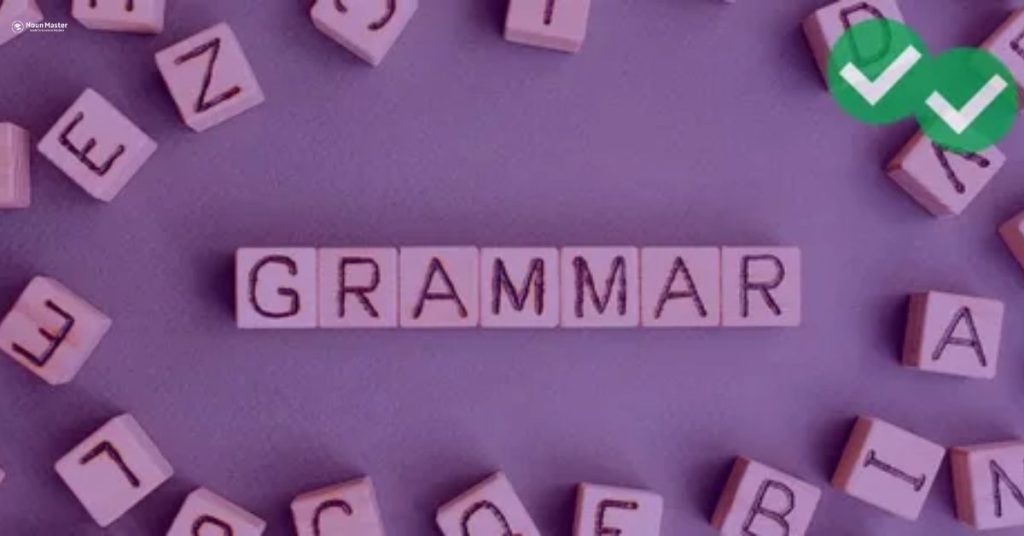Nepali grammar might feel a bit challenging at first, but with practice, you’ll quickly get the hang of it. It has its unique structure and rules that are different from English. For example, Nepali follows a Subject-Object-Verb (SOV) sentence order, which means the verb comes at the end of the sentence. Unlike English, Nepali doesn’t use grammatical gender for nouns, making it a little simpler to understand.
When learning Nepali grammar, it’s essential to focus on understanding the basics like how sentences are formed, the different types of pronouns, and verb conjugations. Nepali also changes depending on formality, so you’ll notice that the way you speak to friends differs from how you address elders. Once you get familiar with these foundational rules, you’ll feel more comfortable expressing yourself in Nepali. With consistent practice, Nepali grammar will become second nature.
Delving into the Richness of Nepali Grammar: An Insightful Guide

Key Aspects of Nepali Grammar:
Nepali grammar may initially seem tricky, but once you get the hang of the basics, it becomes much easier to navigate. Here are some key components of Nepali grammar that will help you understand its structure:
1. Nouns
In Nepali, nouns don’t have grammatical gender, which simplifies learning since you won’t have to memorize whether a noun is masculine or feminine. However, nouns are inflected for number (singular or plural) and case (nominative, genitive, dative, etc.). For example:
- Singular: kitaab (book)
- Plural: kitaabharu (books)
Nouns also change based on their role in the sentence, like whether they are the subject, object, or possessive.
2. Pronouns
Personal pronouns in Nepali come in three forms: subjective, objective, and possessive. They change based on number (singular/plural), but not gender. For instance:
- Subjective: ma (I), timi (you, informal), tapāī (you, formal)
- Objective: malā’ī (to me), timīlā’ī (to you)
- Possessive: mero (my), timro (your, informal), tapā’īko (your, formal)
Pronouns also vary depending on the level of formality, distinguishing between polite, familiar, or intimate speech.
3. Verbs
Verbs in Nepali are inflected for tense (present, past, future), mood (indicative, imperative, subjunctive), and aspect (continuous, perfect, or simple). The verb conjugation changes according to the subject’s formality as well:
- Present tense: khāchu (I eat)
- Past tense: khāyō (I ate)
- Future tense: khānechhu (I will eat)
The formality aspect means that the verb can take different endings when speaking to elders or superiors, making respect an important factor in conjugation.
4. Adjectives and Adverbs
In Nepali, adjectives usually come after the noun they modify, unlike English where they precede the noun. Adjectives agree with the noun in terms of number but not gender. For example:
- sundar māyā (beautiful love)
- ramrā bāba (good father)
Adverbs in Nepali provide extra detail about the verb, adjective, or other adverb, but unlike adjectives, they don’t change their form based on the noun.
5. Sentence Structure
The typical Nepali sentence structure follows the Subject-Object-Verb (SOV) order. For example:
- Maya le kitaab pathyo (Maya read the book)
- Maya (subject) + kitaab (object) + pathyo (verb)
However, Nepali allows some flexibility in word order depending on the context or what the speaker wants to emphasize. For instance, the object or verb can come earlier if the speaker wants to highlight it.
Once you start practicing these fundamental components, Nepali grammar will feel much more intuitive. The key is to get comfortable with these patterns and notice how they change depending on context. Want to dive deeper into any of these areas? Let me know!
Tips for Learning Nepali Grammar:

1. Master Basic Sentence Structures First
Start by understanding how basic sentences in Nepali are constructed. Familiarize yourself with the Subject-Object-Verb (SOV) order, which differs from English’s Subject-Verb-Object (SVO) structure. For example:
- Maya le kitaab pathyo (Maya read the book)
- Subject: Maya, Object: kitaab (book), Verb: pathyo (read)
2. Focus on Pronouns Early On
Pronouns in Nepali can change based on formality, number (singular/plural), and possession. Mastering these early will give you a solid base:
- Subjective: ma (I), timi (you, informal), tapāī (you, formal)
- Possessive: mero (my), timro (your, informal), tapā’īko (your, formal)
3. Learn Verb Conjugation Gradually
Nepali verbs change based on tense (present, past, future) and formality (polite or informal). Focus on conjugating verbs in basic tenses first and then expand into more complex forms, like continuous or perfect.
- Present: khāchu (I eat)
- Past: khāyō (I ate)
- Future: khānechhu (I will eat)
4. Get Comfortable with Gender-Neutral Nouns
One of the simpler aspects of Nepali grammar is that nouns don’t have gender. This eliminates the need to memorize gendered articles and makes things easier for beginners. However, pay attention to noun number (singular vs. plural) and case (nominative, genitive, etc.).
5. Master the Use of Adjectives and Adverbs
In Nepali, adjectives usually follow the noun they modify. Learn to match adjectives with nouns in terms of number but not gender.
- sundar māyā (beautiful love)
- ramrā bāba (good father)
Adverbs, however, do not change based on nouns and provide additional details about verbs, adjectives, or other adverbs.
6. Practice Using Formal and Informal Speech
Nepali has varying levels of formality that affect how verbs and pronouns are conjugated. Use more formal language with elders or strangers, and informal language with friends or those of the same age.
- Example of a verb in formal speech: tapa’ī le khānuhos (Please eat) vs. informal: timī le khā (You eat)
7. Use Flashcards for Quick Memorization
Create flashcards to help you memorize verb conjugations, pronouns, and common phrases. Seeing these repeatedly will help you internalize the grammar rules faster. Apps like Anki can help you create personalized flashcards with spaced repetition.
8. Watch Nepali Content to Learn Natural Grammar
Expose yourself to Nepali movies, TV shows, or even YouTube channels. Listening to native speakers will help you understand the flow of the language, sentence structure, and how grammar is used in conversation.
9. Speak and Write Regularly
The more you speak and write in Nepali, the quicker you’ll improve. Don’t hesitate to make mistakes,using the language in real life is the best way to reinforce what you’ve learned.
- Write short sentences or paragraphs using new grammar rules.
- Try speaking with a native Nepali speaker or language partner to receive real-time feedback.
10. Review and Practice Regularly
Consistency is key in language learning. Set aside time each day or week to revise grammar rules, practice conjugations, and build sentences. Repetition will help solidify your understanding and prevent mistakes from becoming habits.
By following these 10 tips, you’ll gradually build up your Nepali grammar knowledge and get more comfortable using it in daily conversations. Remember, language learning is a journey,patience and practice are the keys to success!
FAQ’s
What is Nepali grammar?
Nepali grammar refers to the rules for sentence structure, verb conjugation, noun forms, and pronouns in the Nepali language, guiding how sentences are built.
How difficult is Nepali grammar?
Nepali grammar can seem tricky at first, but with practice, you’ll get used to its structure and different verb forms, making it easier over time.
What is the sentence structure in Nepali grammar?
In Nepali grammar, the sentence follows a Subject-Object-Verb (SOV) structure, meaning the verb typically comes at the end of the sentence.
Are there gender rules in Nepali grammar?
Unlike many languages, Nepali grammar does not assign gender to nouns, making it easier for learners since there’s no need to memorize gender for each word.
How are verbs conjugated in Nepali grammar?
In Nepali grammar, verbs change based on tense, aspect, and the formality of the subject. They’re conjugated differently depending on the subject’s level of respect.
Conclusion
To sum up, Nepali grammar can feel intimidating at first, but it becomes easier as you learn its basic rules. Focusing on sentence structure, verb conjugations, and pronouns will help you build a strong foundation. With practice, you’ll start recognizing patterns and understand the language better.
Remember, Nepali grammar isn’t fixed and can change based on context and formality. This makes learning fun and gives you flexibility in how you express yourself. While it may take time, continuous practice will help you become more fluent. Don’t be afraid to make mistakes along the way,they’re part of the learning process. Stay consistent, and soon enough, Nepali grammar will feel natural and intuitive. Keep exploring and practicing to gain a deeper understanding of the language.







